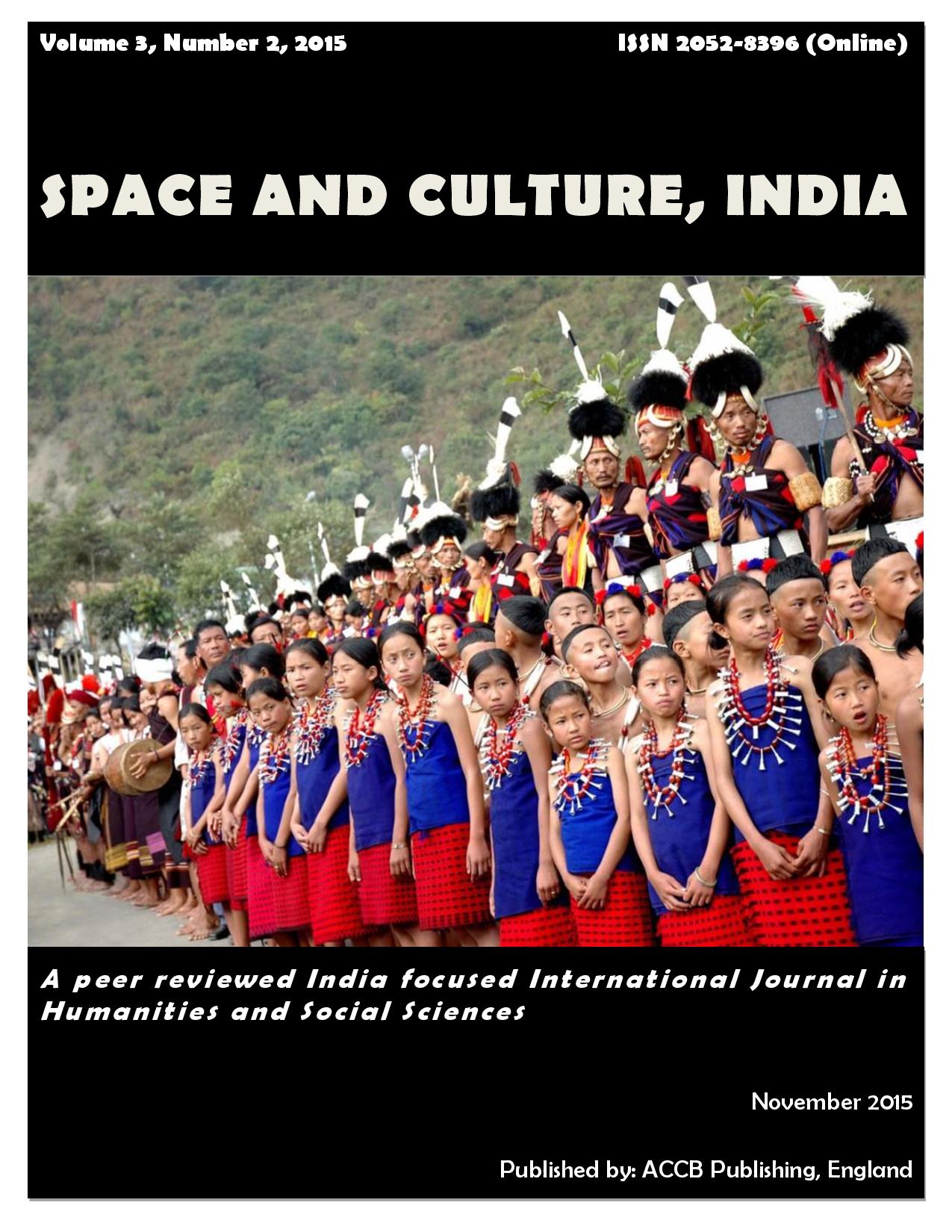Relocation and Livelihood Concerns of Sariska Tiger Project, Rajasthan: A Pride or Plight?

Abstract
It is well known that Sariska Tiger Reserve is a home to the India’s national animal - the Bengal Tiger (Panthera tigris tigris). The crux of this research is to examine the role of local peoples in the conservation of Sariska Tiger project, which was declared a wildlife reserve way back in 1955 and then further raised to a status of a Tiger Reserve in 1978, and a National Park in 1982. According to the Government officials, the people around the reserve are not only responsible for degrading the reserve, it has also emerged as a safe haven for the poachers involved in illegal hunting of the tigers. One of the reasons identified to be the cause of tiger extinction is the human habitation in the core and in the peripheral areas surrounding the tiger reserves. Despite efforts being made to protect, the Sariska Tiger Reserve, located in Alwar (Rajasthan) is seriously facing the problem of tiger extinction. It is estimated that there are around 12 thousand people residing inside the tiger reserve, with 11 villages in the Core Zone-1 area and about 170 villages situated along the peripheries of the reserve. Among the prime measures undertaken are diversions of traffic, relocation of the villages located inside the forest. The Tiger Task Force (2005) has recommended relocation of three key villages surrounding the central area of the Sariska Tiger Reserve. However, this relocation of villages is quite contrary to the life style of the people residing within these villages. Their social and cultural attributes, needs and aspirations have not been given due consideration and the villagers are strongly resenting this move by the government. These displaced villagers have been living in perfect harmony with their environment from time immemorial and it is hard to understand how these villagers can be held responsible for degrading their natural environment, which is their lifeline. The government has failed to take into consideration the role of the neighbouring urban centres that are more responsible for the degradation of the habitat as compared to these simple villagers. In the light of these arguments, this research is an attempt to study and highlight the issues and problems related to the displacement of villages in the core area of the reserve and suggest suitable measures.Keywords
Displaced People, Conservation, Sariska Tiger Project, Harmony, Relocation and Livelihood.
Supplementary File(s)
UntitledAuthor Biography
Muraree Lal Meena
Assistant Professor Department of Geography, Banaras Hindu University, India
References
Cernea, M.M. (2006). Population Displacement inside Protected Areas: A Redefinition of Concepts in Conservation Politics, Policy Matters, 1(4), pp. 8-26.
Fernandes, Walter (2004). Rehabilitation Policy for the Displaced, Economic and Political Weekly, 39(12), pp. 1191-1193.
Government of Rajasthan (2004). Management Plan Sariska Tiger Reserve (2004- 2014): Project Tiger Sariska, Jaipur: Rajasthan.
Johari, R. (2003). Tigers and Invisible People: The Cultural Politics of Nature in Sariska Tiger Reserve, Rajasthan. In Ghazala Shahabuddin and M. Rangarajan (ed.), Making Conservation Work: Towards Innovative Strategies for Securing Biodiversity in India, New Delhi: Permanent Black.
Johnsingh, A.J.T., K. Sankar and S. Mukherjee (1997). Saving Prime Tiger Habitat in Sariska Tiger Reserve, Cat News, 27(3).
Kabra, A. (2003). Displacement and Rehabilitation of an Adivasi Settlement: Case of Kuno Wildlife Sanctuary, Madhya Pradesh, Economic and Political Weekly, 38(29), pp. 3073-3087.
Karanth, Krithi K. (2005). Bhadra Wildlife Sanctuary: Addressing Relocation and Livelihood Concern, Economic and Political Weekly, 40(46), pp. 4809-4811.
Kothari, A. (1997). Building Bridges for Conservation: Towards Joint Management of Protected Areas in India, New Delhi: Indian Institute of Public Administration (IIPA).
Kothari, A., S. Suri and N. Singh (1995). Conservation in India: A New Direction, Economic and Political Weekly, 30(43), pp. 2755-2766.
Kumar, R. and Ghazala Shahabuddin (2005). Effects of Biomass Extraction on Vegetation Structure, Diversity and Composition of an Indian Tropical Dry Forest, Environmental Conservation, 32(2), pp. 1-12.
Madhusudan, M.D. and C. Mishra (2003). Why Big Fierce Animals Are Threatened: Conserving Large Mammals in Densely Populated Landscapes. In V. Saberwal and M. Rangarajan (ed.), Battles Over Nature: Science and the Politics of Wildlife Conservation, New Delhi: Permanent Black.
Mazoomdar, J. (2005 February.). No Evidence of Tiger in Sariska: WWF- India, Indian Express.
Ministry of Environment and Forests (2005). Joining the Dots, Report of the Tiger Task Force, New Delhi: Government of India.
National Tiger Conservation Authority (2014), MIS for Relocation of Villages- Sariska Tiger Reserve, Ministry of Environment and Forests, New Delhi: Government of India.
Rangarajan, M. (2001). India’s Wildlife History: An Introduction, New Delhi: Permanent Black and Ranthambhore Foundation.
Rangarajan, M. and Ghazala Shahabuddin (2006). Displacement and Relocation from Protected Areas: Towards a Biological and Historical Synthesis, Conservation and Society, 4(3), pp. 359-378.
Rodgers, W.A. (1990). A Preliminary Ecological Survey of Algual Spring, Sariska Tiger Reserve, Rajasthan, Journal of the Bombay Natural History Society, 87(2), pp. 201-209.
Shahabuddin, Ghazala, Ravi Kumar and Manish Shrivastava (2007). Creation of ‘Inviolate space’: Lives, Livelihoods and Conflict in Sariska Tiger Reserve, Economic and Political Weekly, 42(20), pp. 1855–1862.
Udaya Sekhar, N. (2003). Local people’s attitudes towards Conservation and Wildlife Tourism around Sariska Tiger Reserve, India, Journal of Environmental Management, 69(4), pp. 339–347.